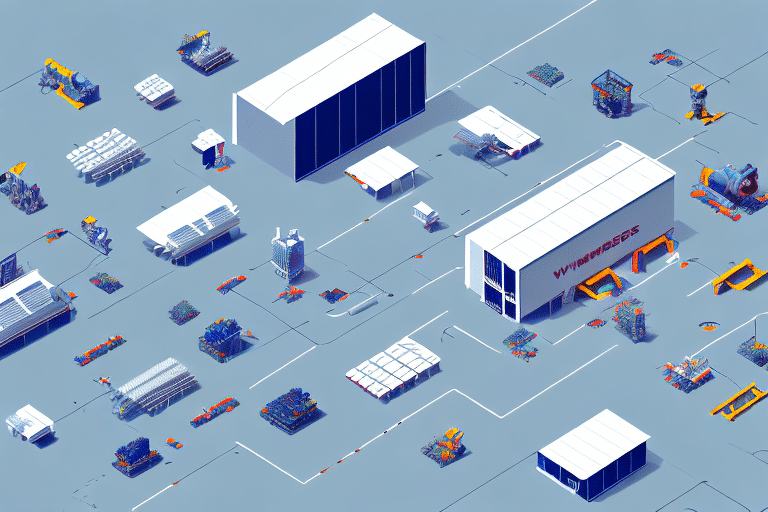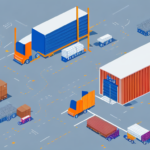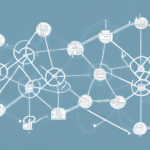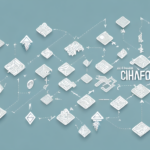Why Traditional 3PL Services May Not Suffice for Modern Businesses
In today’s competitive business landscape, logistics is a cornerstone of operational success. Selecting the right logistics partner is crucial for ensuring seamless and efficient operations. While traditional third-party logistics (3PL) providers have been foundational for decades, they might not meet the evolving needs of businesses in certain industries or at specific growth stages. This article explores the limitations of traditional 3PL services, indicators that your business may need to transition, and the benefits of adopting modern fourth-party logistics (4PL) solutions.
Recognizing When Your Business Has Outgrown Traditional 3PL
Signs Your Business Needs Advanced Logistics Solutions
- Rising Logistics Costs: If your logistics expenses are increasing without corresponding improvements in service quality or efficiency.
- Complex Operations: When logistics operations become intricate, requiring more resources and attention than your team can provide.
- Customer Demands: Increasing expectations for faster delivery times, enhanced tracking visibility, or customized packaging.
- Market Expansion: Expanding into new regions or countries with varying regulations and infrastructures.
- Competitive Pressure: Competitors leveraging advanced logistics solutions to gain market advantage.
Impact on Business Performance
Frequent shipment delays or errors can erode customer satisfaction and lead to lost sales. Additionally, rapid business growth may outpace the capacity and flexibility of traditional 3PL providers, hindering your ability to scale effectively.
Benefits of Modern 4PL Services Over Traditional 3PL
Comprehensive and Customized Logistics Management
- Strategic Alignment: 4PL providers offer tailored logistics strategies that align with your business goals.
- Single Point of Contact: Simplifies communication by managing all logistics needs, including coordination with multiple 3PL providers if necessary.
- Advanced Technology: Utilizes real-time visibility, analytics, and optimization tools to enhance supply chain operations.
- Global Network: Access to a worldwide network of partners and carriers capable of handling diverse transportation modes and cargo types.
- Agility and Flexibility: Quickly adapts to changes in demand, supply chain disruptions, and regulatory environments.
End-to-End Supply Chain Solutions
Modern 4PL providers manage every aspect of the supply chain, from sourcing and procurement to production and distribution. This holistic approach can lead to greater efficiency, cost savings, and risk mitigation, supported by industry expertise and specialized regional knowledge.
Key Factors to Consider When Choosing a Logistics Partner
Essential Considerations
- Industry Expertise: Proven experience and knowledge within your specific industry.
- Geographical Coverage: Comprehensive network and capabilities across desired regions.
- Technology Integration: Robust platforms that enhance visibility, data security, and operational efficiency.
- Service Level Agreements: Clear performance metrics and accountability standards.
- Customization and Flexibility: Ability to tailor services to your unique business needs.
- Cost Structure: Transparent pricing models that offer value and predictability.
- References and Testimonials: Positive feedback and proven track records from existing clients.
Additional Considerations
Customer Service: Partner with a provider that is responsive, communicative, and proactive in addressing issues.
Sustainability Practices: Choose logistics partners committed to reducing their carbon footprint and implementing sustainable practices, aligning with growing consumer environmental consciousness.
The Role of Technology in Transforming Logistics
Key Technological Innovations
- Transportation Management Systems (TMS): Automate routing, scheduling, and shipment tracking to enhance efficiency.
- Warehouse Management Systems (WMS): Optimize inventory storage, picking, and replenishment processes.
- Enterprise Resource Planning (ERP): Integrate logistics with other business functions like finance and procurement for streamlined operations.
- Visibility and Analytics Platforms: Provide real-time tracking, reporting, and actionable insights for supply chain optimization.
- Collaboration Tools: Enhance communication with customers, suppliers, and partners through online portals, mobile apps, and chatbots.
Impact on Business Efficiency
Advanced technologies enable businesses to reduce operational costs, improve delivery times, and enhance overall customer satisfaction. For instance, a Gartner report highlights that 62% of supply chain companies are adopting AI to drive efficiency and accuracy in their operations.
Future Trends in Logistics: Innovations to Watch
Emerging Technologies and Practices
- Artificial Intelligence and Machine Learning: Enable predictive analytics and autonomous operations for smarter decision-making.
- Internet of Things (IoT): Connect physical assets with digital platforms for enhanced tracking and optimization.
- Blockchain Technology: Enhances transparency, security, and traceability in supply chain transactions.
- Drones and Autonomous Vehicles: Offer faster, safer, and more cost-effective transportation solutions.
- Green Logistics: Focus on sustainable practices to reduce carbon footprints and promote corporate social responsibility.
Preparing for the Future
Staying ahead of these trends can provide businesses with a competitive edge, ensuring they remain agile and responsive to market changes. Integrating these innovations can lead to significant improvements in efficiency, cost management, and customer satisfaction.
Avoiding Logistics Pitfalls with a Sophisticated Provider
Common Logistics Challenges
- Shipment Delays or Losses: Disruptions in delivery schedules can harm customer relationships.
- Inventory Issues: Stockouts or overstocks can lead to lost sales or increased holding costs.
- Compliance Violations: Failure to adhere to regulations can result in legal penalties.
- Quality or Safety Concerns: Compromised product integrity can damage your brand reputation.
- Cost Overruns: Uncontrolled expenses can erode profit margins.
How Advanced Providers Mitigate Risks
- Proactive Risk Management: Implement contingency plans to address potential disruptions.
- Advanced Tracking: Utilize real-time monitoring to ensure timely and accurate deliveries.
- Compliance Expertise: Ensure all operations meet regulatory standards through thorough documentation and processes.
- Quality Assurance: Maintain high standards through rigorous quality control measures.
- Cost Optimization: Continuously seek efficiencies to manage and reduce logistics costs effectively.
Cost Savings and Efficiency: Leveraging Modern Logistics Solutions
Strategies for Reducing Costs
- Shipment Consolidation: Maximize space utilization to lower transportation expenses.
- Route Optimization: Minimize transit times and fuel consumption through efficient routing.
- Technology Utilization: Automate processes with TMS, WMS, and analytics platforms to enhance resource allocation.
- Collaborative Partnerships: Share resources with suppliers and partners to eliminate redundancies and improve visibility.
- Performance Monitoring: Regularly evaluate logistics spend and performance metrics to identify improvement areas.
Enhancing Operational Efficiency
By adopting modern logistics solutions, businesses can achieve significant efficiency gains. For example, companies using advanced TMS have reported a 15% reduction in transportation costs and a 20% improvement in delivery times (Source: Supply Chain Dive).
Making the Switch from Traditional 3PL to a More Advanced Provider
Steps for a Successful Transition
- Clear Communication: Articulate your goals, expectations, and constraints to your new provider.
- Data Integration: Provide access to existing logistics data and systems to facilitate seamless integration.
- Detailed Implementation Plan: Collaborate with your provider to develop a roadmap with defined milestones and responsibilities.
- Team Training: Educate your team on new processes and systems to ensure smooth adoption.
- Performance Monitoring: Continuously assess the new provider’s performance and provide feedback for ongoing improvement.
Ensuring a Smooth Transition
Transitioning to a more advanced logistics provider can transform your supply chain operations. Effective planning and collaboration are essential to minimize disruptions and maximize the benefits of the new partnership.
Conclusion
While traditional 3PL providers have been instrumental in supporting businesses, the dynamic logistics landscape now demands more advanced and customized solutions. By transitioning to a sophisticated logistics partner, businesses can realize significant cost savings, enhanced efficiency, reduced risks, and improved customer satisfaction. Embracing modern 4PL services equips your business to thrive in a competitive marketplace, ensuring long-term success and operational excellence.




















